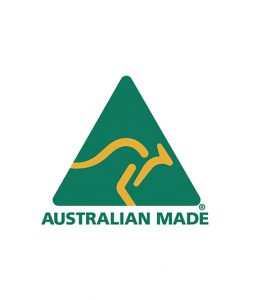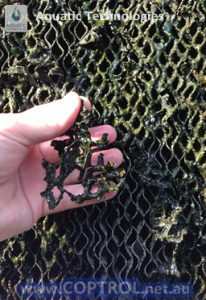How to use Coptrol to Control Green Slime in Poultry Shedding
The use of controlled environment shedding in the poultry industry in tropical climates continues to increase. Chicken Meat producers obtain productivity improvement by using high-speed fans and evaporative cooling pads to reduce ambient temperature in poultry houses by the use of heat exchange.
Evaporative cooling pads | green slime
The evaporative cooling pads draw significant volumes of water into the pad and expose the surface area of the pad to both the internal and external areas of the shed.
| External pads are exposed to sunlight; this exposure provides excellent conditions for photosynthesis. Under these conditions, algal growth (green slime development) is very common. The more exposure to sunlight the greater the level of algal (green slime) development this reduces heat exchange efficiency by inhibiting evaporative cooling. |
Methods of Control -chlorine|iodine|sunlight
Chlorine and iodine compounds are commonly used as disinfectants in the poultry industry. Although both are effective against certain bacteria neither are effective at controlling algae and can have a corrosive effect on plastics and metals. Shade can be used to limit exposure to sunlight; however, the use of light barriers over cooling pads also limits the heat exchange efficiency of the pad.
Use of Coptrol
Coptrol is a chelated copper compound specifically designed to kill algae in all types of aquatic environments and is approved for use in drinking water in Australia. Coptrol is completely soluble and non-corrosive and can be used at very low rates of application.
| Typical treatment program would involve application of Coptrol at 5ml per 1000L of water used continuously from the beginning of grow out to the final collection of birds through all evaporative cooling pads.
This level of application on a continuous basis will prevent algal slime developing on the pads. In the case of high-level algal contamination of pads, soaking the pads in a solution of Coptrol for five days at a rate of 10 ml per 1000L of water will eliminate algal growth. |




